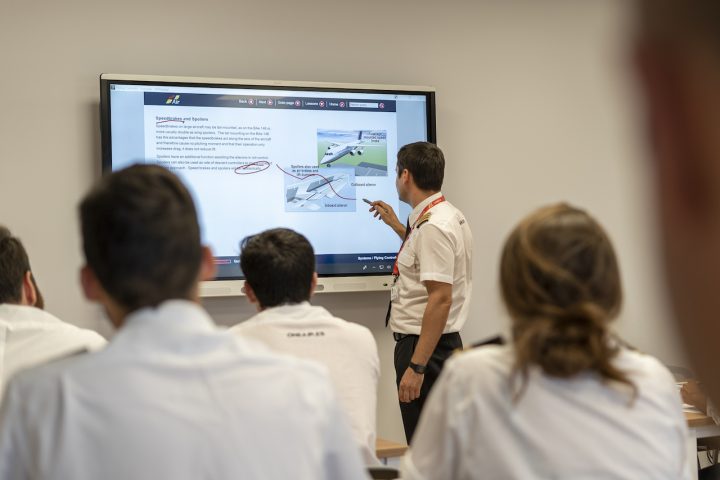Water Survival Training
All aviators need to be trained in water survival skills if their operations take them over any body of water. It is of great importance that all aircrew know how to survive a water landing and maintain survival until the arrival of rescue forces
Dangerous Goods Course
- Overcome the technical nature of DGR and provide your students with a memorable learning experience
- Design exciting training strategies to give your organization a competitive edge
- Learn to evaluate, plan, implement and execute effective training programs
- Master effective communication and presentation skills
- Understand the principles of learning theory and deliver immediate results
SMS Introduction Course
- Attain solid foundation in basic SMS structure
- Understand the concepts and philosophy behind each step
- Understand the regulatory requirements by EASA and ICAO
- Implementation methods
- Basic Risk Management methods
- Basic Hazard Identification methods
SMS Extended Course
- Understand the regulatory requirements by EASA and ICAO
- Understanding of individual roles in SMS
- Implementation of concepts and philosophy behind each step
- Safety targets and indicators
- Safety climate
- Principles and techniques on Risk Management
- Principles and techniques on Hazard Identification
Fire and Smoke Training
This training covers Initial, Conversion and Recurrent training. It includes both practical exercises and theory of fire and smoke in an aircraft. The course includes:
- Classification of fires
- Prompt action when dealing with fire and smoke
- Identifying fire sources
- Crew communication and coordination
- Fire fighting drills
- Frequent checking of fire risk areas
- Ground based emergency services
- Practical training in fire fighting and use of smoke protection equipment and handling of fire extinguishers
- Certificate on completion of course
Aviation Project Management
- What is project management
- Organisation influence and project lifecycle
- Project management process
- Roles in project management
- Scope Management
- Time Management in Aviation
- Cost Management
- Aviation Quality Management
- Human Resource Management
- Communication Management
- Aviation Risk Management
- Shareholder Management
English Language Proficiency Course
The International Civil Aviation Organization (ICAO) has introduced language proficiency requirements for air traffic controllers and pilots with the objective to improve the level of language proficiency globally and reduce the frequency of communication errors. Historically, insufficient English language proficiency on the part of the flight crew or the controller has contributed to a number of accidents and serious incidents. The ICAO Language Proficiency requirements are applicable to both native and non- native English speakers.
The proficiency scale ranges from Level 1 to Level 6, with guidelines published for:
- Pronunciation
- Fluency
- Structure
- Vocabulary
- Comprehension
- Interaction

